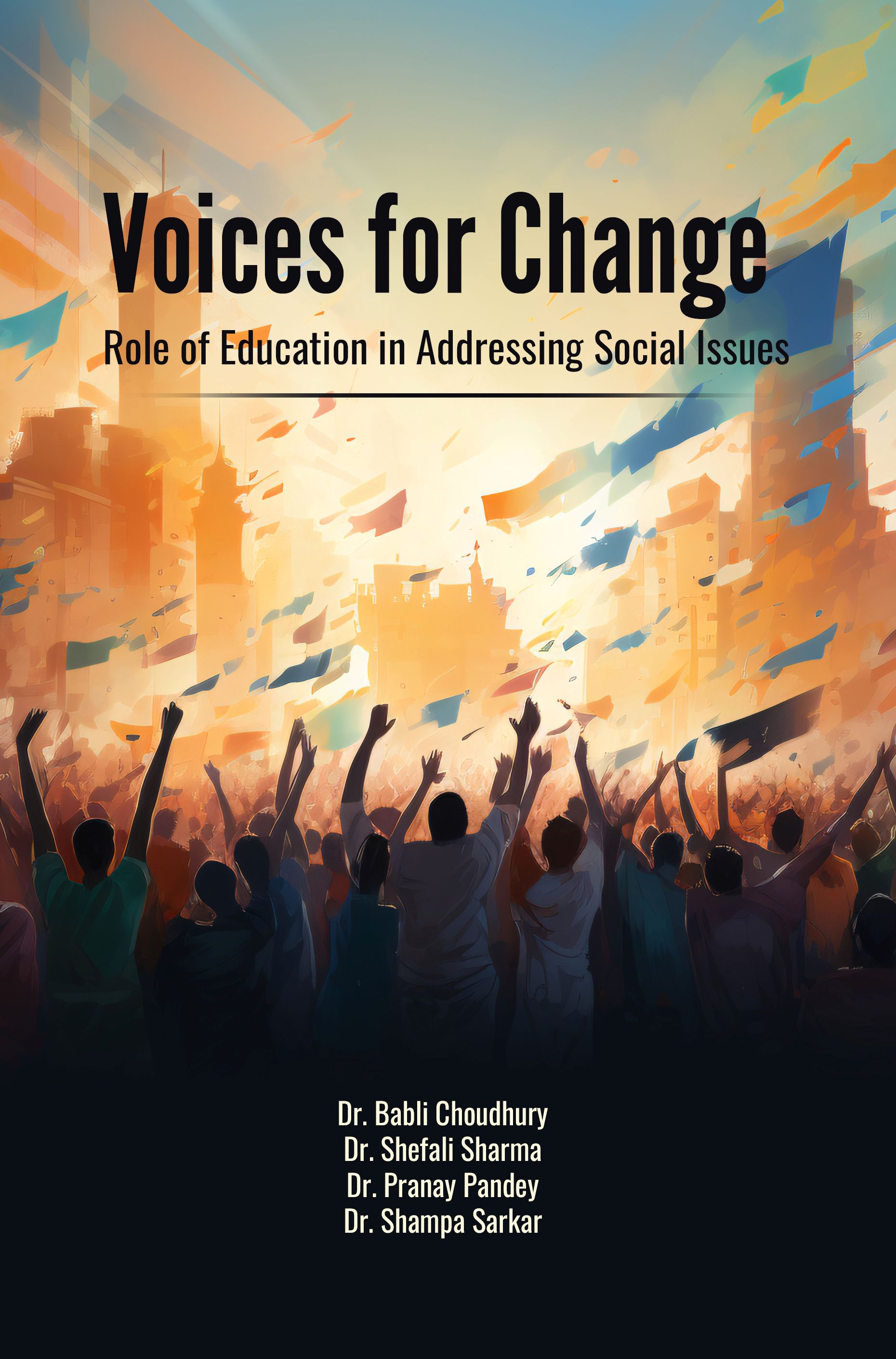BRIDGING THE GAP: ROLE OF EDUCATION IN TACKLING THE DIGITAL DIVIDE AND CYBERBULLYING
DOI:
https://doi.org/10.25215/1300495081.17Abstract
In the digital age, technology has become an integral part of communication, education, and economic development. However, the digital divide, defined as the disparity in access to digital technologies, continues to create significant social and economic inequalities, particularly among marginalized communities. At the same time, the widespread use of digital platforms has given rise to cyberbullying, a form of harassment that poses serious psychological and social risks, especially to young people. These issues digital inequality and cyberbullying are interconnected and hinder personal, academic, and social growth, exacerbating existing disparities. Education plays a pivotal role in addressing both the digital divide and cyberbullying. By integrating digital literacy into curricula, schools can ensure that students from all backgrounds gain the essential skills to navigate technology safely and effectively. Additionally, educational institutions provide an important platform for raising awareness of cyberbullying, promoting empathy, and implementing preventive measures to safeguard students’ mental well-being. This chapter offers actionable recommendations for educators, policymakers, and communities to prevent the digital divide and cyberbullying. These recommendations include providing equitable access to technology, fostering digital literacy, creating supportive environments for reporting and addressing cyberbullying, and promoting collaborative efforts to ensure all students can thrive in a digital world. By addressing these challenges through education, we can build a more inclusive, safe, and equitable digital society.Published
2024-03-15
Issue
Section
Articles


